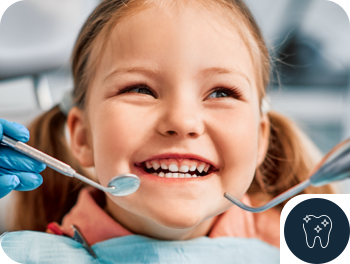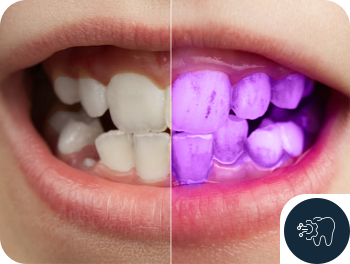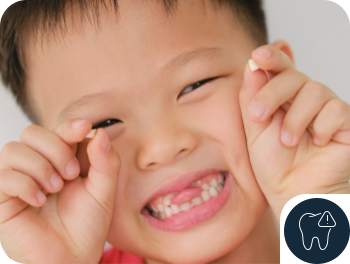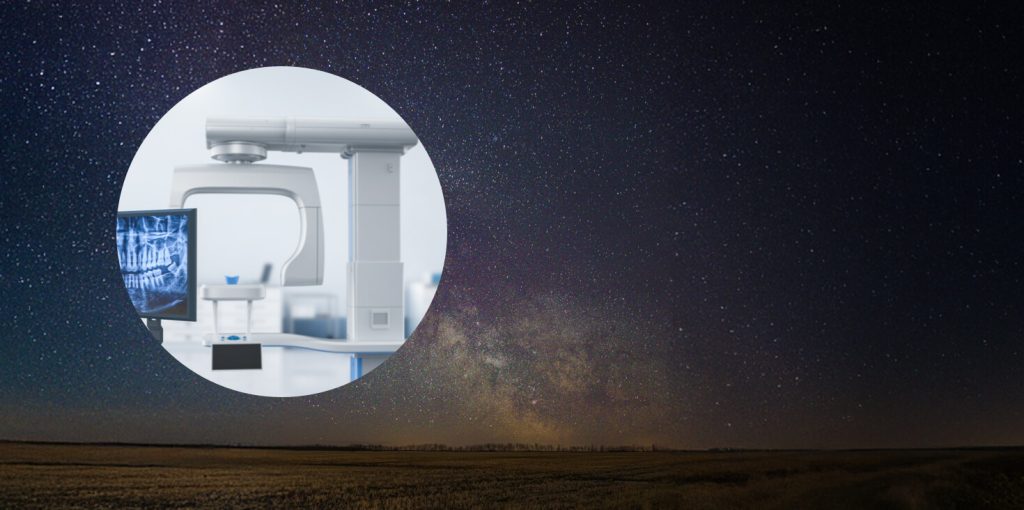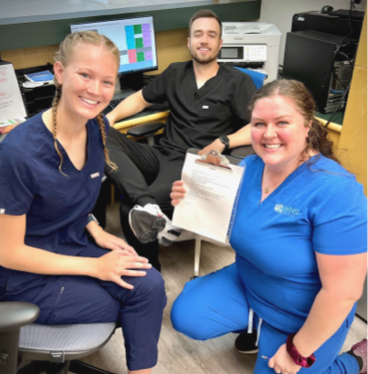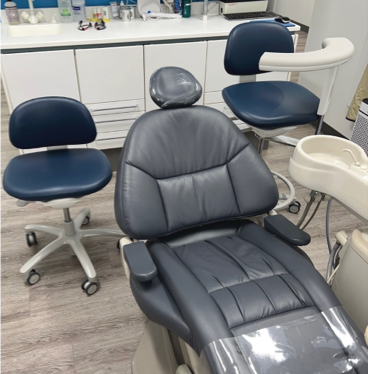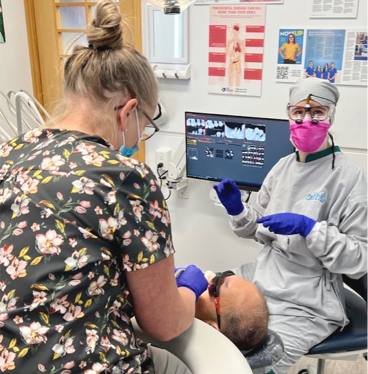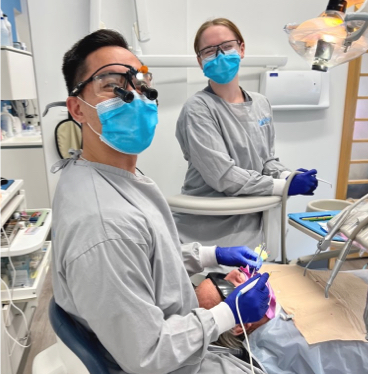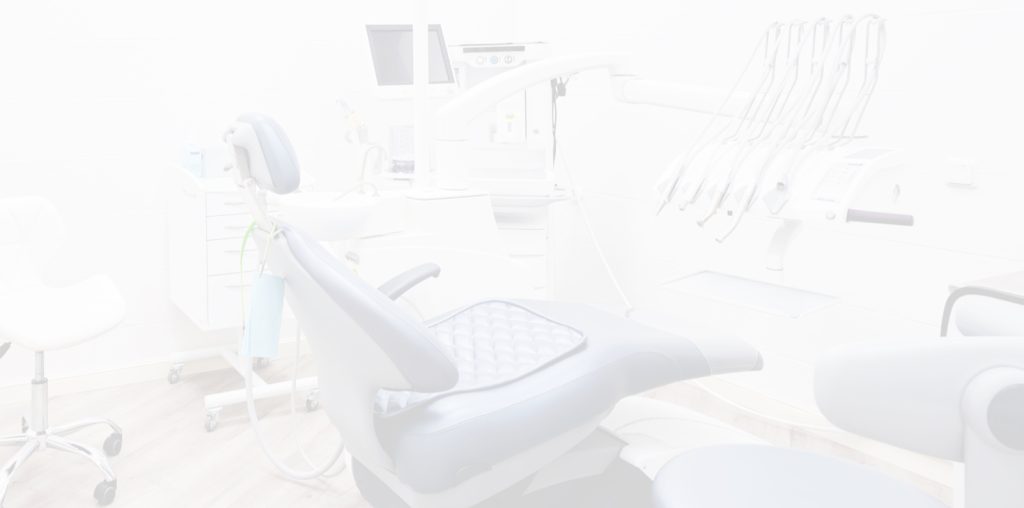You might think you can accomplish more during the day by depriving yourself of a few hours of sleep. But so easily, you prove yourself wrong.
Without adequate sleep, it’s hard to function and stay alert throughout the day. Instead of being productive, you might find yourself struggling to focus.
Sleep is important for our overall health, and this includes our oral health. It doesn’t matter what age you are. After a long day, our bodies need to recharge.
Let’s talk about the importance of sleep for your overall health, including your oral health.
- Sleep and the Immune SystemThe immune system serves as the body’s defense against illnesses. Consistent sleep strengthens immune function, while poor sleep can compromise the immune system.Several components make up the immune system. This includes white blood cells and cytokines. Altogether, they identify and attack foreign pathogens or potential threats to the body.Sleep leads to increased production of cytokines related to inflammation. If you’re sick or have been injured, this immunity may aid your recovery.When healing from an infection, such as gum disease, you need your immune system working so you can get better faster.Good-quality sleep keeps the immune system strong and ready to fight off harmful bacteria.
- Sleep and WeightLosing and gaining weight are both challenging. Several studies have examined the relationship between the time people spend sleeping and their weight.A lack of sleep can cause an individual to crave foods high in calories and carbohydrates. Carbohydrate-rich foods can be healthy or unhealthy.Unhealthy options include starchy and sugary food, such as white bread and some breakfast cereals. Too much consumption of these foods can lead to plaque accumulation and an increased risk of tartar, decay, and cavities.Sleep deprivation can also cause metabolic irregularities. The more time you stay awake, the more time you may spend eating, throwing off your circadian rhythms and resulting in weight gain.
- Sleep and DiabetesLack of sleep makes diabetes harder to manage.It can make you feel hungrier during the day and cause you to consume more food than necessary. It may also impact your food preferences, and you might find yourself reaching for more processed foods.Maintaining a balanced diet is essential not only for your oral health but for your general health as well. And because the opportunity to eat increases the longer you’re awake, it may be harder for you to lose weight.However, one in two people with type 2 diabetes can experience sleep difficulties. They tend to urinate more during sleep, which keeps them from getting quality rest.Seeking advice from your healthcare provider can help stabilize your blood sugar levels and maintain quality sleep.
- Sleep and StressSerious sleep disruptions can also lead to increased stress or irritability. When you lack sleep, you’re likely to feel more anxious and exhausted.People with insomnia are 20 times more likely to develop a panic attack. However, some sleep problems are also connected to psychiatric or psychological problems, such as depression.Sleep disorders can also manifest into dental anxiety. That said, sleep quality is one area your dentist may explore further if you’re experiencing dental fears or anxiety.In one study, researchers found that around 50% of the dental anxiety group and 40% of the gag reflex group were poorer sleepers as opposed to the group without these conditions.
Working with your healthcare providers so you can manage your symptoms is important. Your dental team also evaluates you for potential health conditions outside of your mouth, as they seek to make dental visits a pleasant experience for you.
What If I Struggle With Getting Quality Sleep Due to a Health Condition?
Some health conditions prevent you from getting quality sleep. This includes sleep apnea.
Sleep apnea is a sleep-related breathing disorder that results in breathing pauses throughout your sleep. You might not realize it while sleeping, but the symptoms can impact your performance at home, work, or school during the day.
Snoring and sleeping with your mouth open are among the symptoms of sleep apnea. As the air struggles to flow, the pressure creates noises or snoring sounds.
Dry mouth is another significant indicator you may have sleep apnea. Saliva production decreases during sleep and is exacerbated by dry mouth. As the acid level increases, teeth become more susceptible to damage.
How Your Dental Team Can Help
Sleep deprivation can increase your risk of developing diseases. If you feel you’re experiencing signs of sleep apnea or teeth grinding, speak with your dentist for a custom treatment plan.
At Wing Dental, we take the time to listen to your dental concerns. We work with you to identify a long-term solution so you can improve your oral health and general health.
If you feel you may have sleep apnea, let your dentist know. Dr. Wing has been offering oral appliance therapy to help qualified patients manage their sleep-related breathing disorders.
Sleep solutions are available not only for adults but for children as well. Learn more about child sleep solutions in Peace River, Alberta. Achieving better sleep can require intervention from a multi-disciplinary team, and we’re happy to be part of yours. For more information on dental solutions for sleep apnea in Peace River, AB, contact us at Wing Dental.




